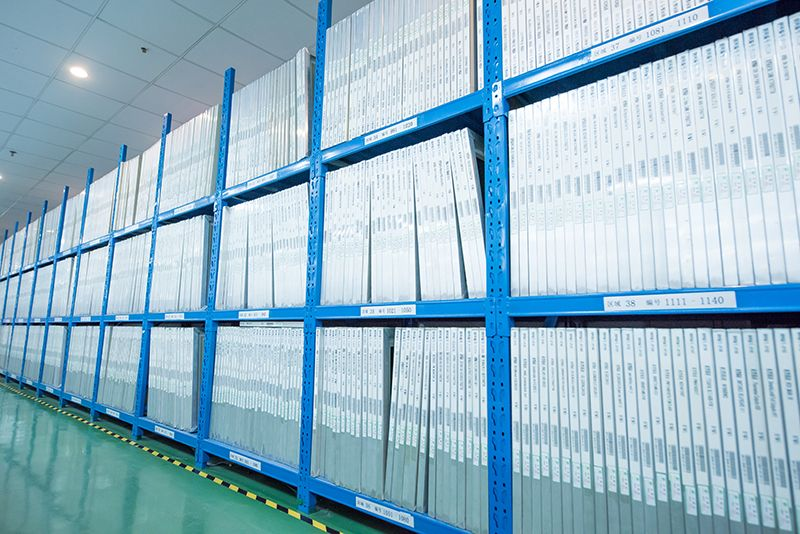Description
Aluminum for LED PCB
The aluminum base are usually the most common LED PCB. They show effective results and offer high performance. The conductive link between the Heat Sink and the IC is basically the thermally conductive dielectric layer of the aluminum base. This concept is unlike FR4.
The aluminum and the copper have enhanced and improved the characteristics of the thermal expansion to a great extent. Even the dimensional stability of an MPCB is much more than the conventional insulating material, FR4.
The great thing about the aluminum base is the versatility it offers. Since there are different types of aluminum available serving different purposes, thus it is possible to have more specialized LED Printed Circuit boards.
Below, we are going to shed some light on different types of Aluminum.

Types of Aluminum
All these types are highly effective and they offer great results. We are not doing a comparison on which type is better; on the contrary, we are providing the basics of every aluminum type.
Flexible
Flexible Aluminum uses a different technique to provide great insulation. It uses the combination of ceramic fillers along with Polymide resins for the insulation purpose. Due to this combination, the manufacturer enjoys aluminum thermal conductivity while retaining the flexibility feature.
Hybrid Aluminum
As the name suggests, it is basically a merger of aluminum with a non-thermal material. The hybrid aluminum uses FR4, which acts as the non-thermal material. Doing this makes it possible for the manufacturer to offer all the supreme thermal conductivity while retaining the rigidity of the Printed Circuit Boards.
Multi-Layer Aluminum
For a highly complex Printed Circuit Boards, multi-layer aluminum is an excellent choice due to its outstanding and amazing thermal conductivity. You will not find a heat conductor better than a multi-layer aluminum.

Features of LED PCB
The world is changing with new technology, especially PCB technology that plays an essential role in the application of LED circuits. And the LED industry is taking advantage of this technology and growing faster. The Light Emitting Diodes (LED) is defined as the light producer that comes from its terminals. It has two primary polls, one is negative, and the other is positive. To understand LED PCB, let’s discuss them.

Used in Aluminum PCB
Aluminum PCB is Environmentally Friendly:
One of the main advantages of aluminum LED PCB is it’s eco-friendly.?Its use as the best energy conductor, and it’s also easy to assemble it in any form.This metal is non-toxic and can be transformed into any other shape after usage.?In short, it’s recyclable.It has the best use in the circuit board and never harms humans.
Aluminum PCB and Its Heat Indulgence:
All the light devices are become hot and release excessive heat, but if they assemble not properly, there is a risk of damage or blast.This is the reason LED PCB prefers aluminum in the LED circuit because aluminum is a great heat conductor and can reduce the risk of any danger.You can also see the life of aluminum made LED circuit will be more as compared to other types.
Aluminum PCB is Best in Durability:
Aluminum is one of the elements that have durability.The aluminum LED PCB can be used for a long time.

Flashing LEDs
LED array may include controlling circuits within the same package, which may range from a simple resistor, blinking or color changing control, or an
addressable controller for RGB devices.
Higher-powered white-emitting devices will be mounted on heat sinks and will be used for illumination.
Alphanumeric displays in dot matrix or bar formats are widely available.
Special packages permit connection of LEDs to optical fibers for high-speed data communication links.
Flashing LEDs are used as attention seeking indicators without requiring external electronics. Flashing LEDs resemble standard LEDs but they
contain an integrated?voltage regulator and a multivibrator circuit that causes the LED to flash with a typical period of one second.
In diffused lens LEDs, this circuit is visible as a small black dot. Most flashing LEDs emit light of one color, but more sophisticated devices can flash
between multiple colors and even fade through a color sequence using RGB color mixing.

Reasons to Choose Led PCB
Early LEDs were packaged in metal cases similar to those of transistors, with a glass window or lens to let the light out. Modern indicator LEDs are
packed in transparent molded plastic cases, tubular or rectangular in shape, and often tinted to match the device color. Infrared devices may be dyed,
to block visible light. More complex packages have been adapted for efficient heat dissipation in high-power LEDs. Surface-mounted LEDs further
reduce the package size. LEDs intended for use with fiber optics cables may be provided with an optical connector.
About Andwin Circuits
Andwin Circuits as a industry leading of PCB manufacturer since 2003.
Specializing in multilayer PCB, Rigid flex PCB, HDI PCB, controlled impedance PCB and Radio Frequency circuit, from quick turn prototype to mass products.

